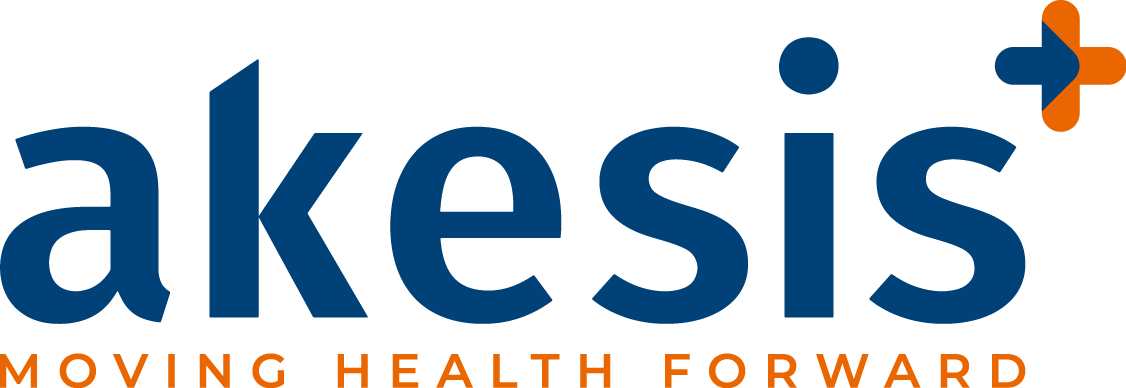Our Experience:
Transforming Breast Cancer Care + Treatment Access, Ethiopia
2005-2010
The six-year pilot project strengthened diagnosis and treatment capabilities at Tikur Anbessa University Hospital
Situation
Worldwide, breast cancer is the most commonly diagnosed cancer and also the leading cause of cancer death in women. Currently, just under half of all new cases occur in the developing world; however, the incidence of breast cancer in low- and middle-income countries is growing by up to 5% per year as populations age, and many people adopt unhealthy modern lifestyles that often increase cancer risk.
LMICs account for the majority of breast cancer deaths. Diagnostic and treatment services are limited and most patients are first seen when the disease is advanced. For example, in sub-Saharan Africa only 32% of women are still alive five years after diagnosis, compared to 81% of women in the U.S. At the time, LMIC had limited experience in effective treatment, and the Akesis breast cancer project in Ethiopia was a unique attempt to fill that gap.
Funded by AstraZeneca , Akesis sought to transform the main referral hospital in Addis Ababa into a center of excellence for breast cancer management and treatment.
Solution
In 2005, at project launch, there was a single oncologist and only one radiotherapy unit in Ethiopia. There was no estrogen and progesterone hormone receptor test (ER/PR test); no access to life-saving cancer drugs; and very limited awareness of breast cancer among hospital staff and the public. The project began with a participatory assessment of needs at Tikur Anbessa Hospital. Then, with hospital staff and the Ethiopian Cancer Association, Akesis developed a plan for a six-year project to strengthen breast cancer management and treatment at the hospital, raise public awareness of breast cancer, and transform the hospital into a centre of excellence.
The pilot project included the development of clinical guidelines for breast cancer treatment and palliative care, capacity building, patient management and follow-up systems, the installation of mammography and ultrasound equipment, and availability of drug donations. The project also provided support to the Ethiopian Cancer Association to help build organizational structures and lead public awareness and fundraising activities through working to reduce stigma and promote early detection and sought-after care.
Results
By late 2008, a total of 3,634 patients had been screened, diagnosed, or treated as well as monitored in follow-up at Tikur Anbessa.
Furthermore, Ethiopia’s Ministry of Health established a committee to develop cancer control policies in collaboration with staff from Tikur Anbessa in reaction to this projects success.
To support sustainability, in 2008, the project introduced a radiotherapy equipment and drug management systems maintenance program and training for pathologists and other laboratory staff in new diagnostic technologies. The program has been sustained beyond the pilot phase and the Ethiopian breast cancer initiative serves as a practical proposition to be adopted in other LMICs.

